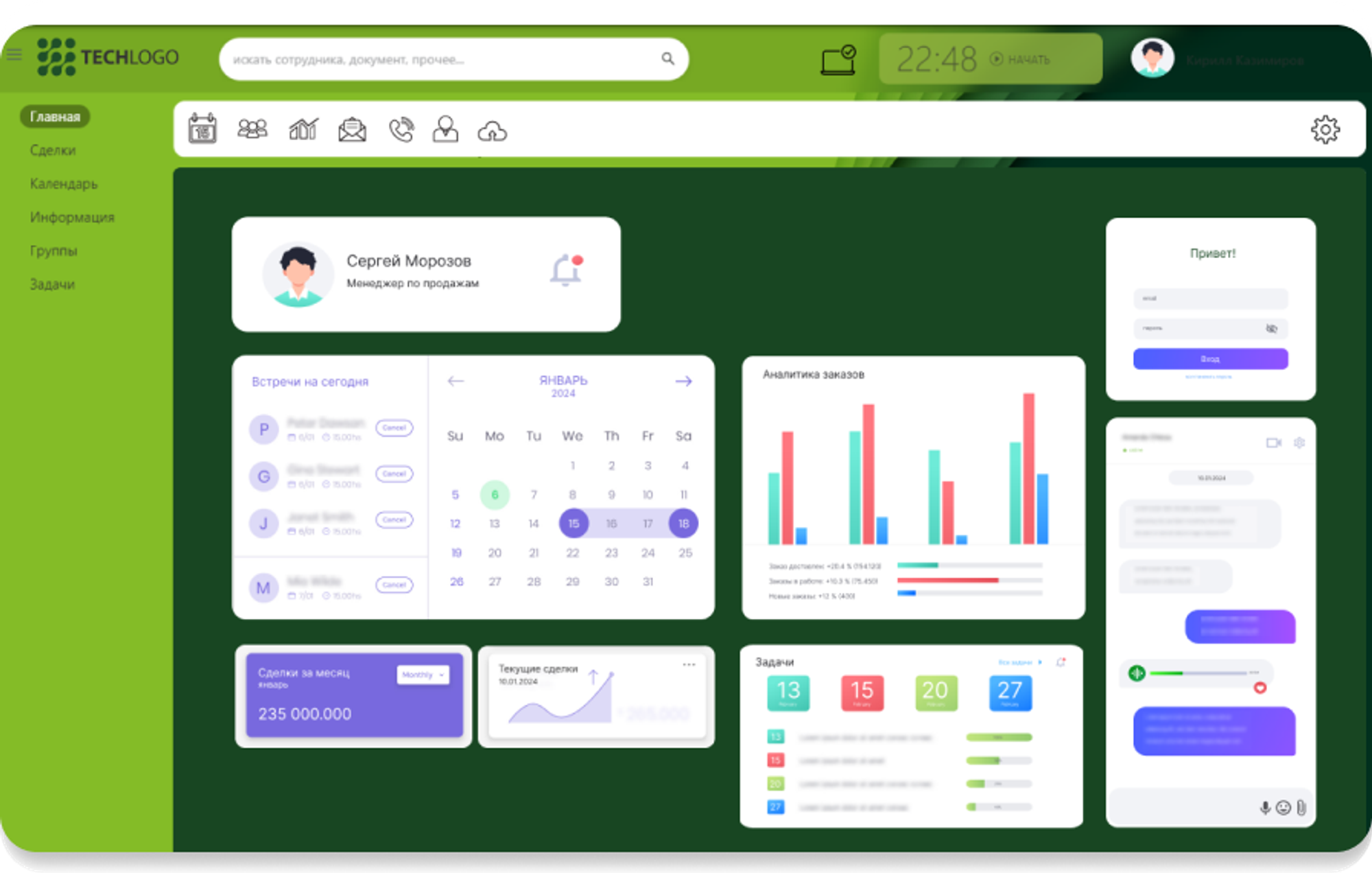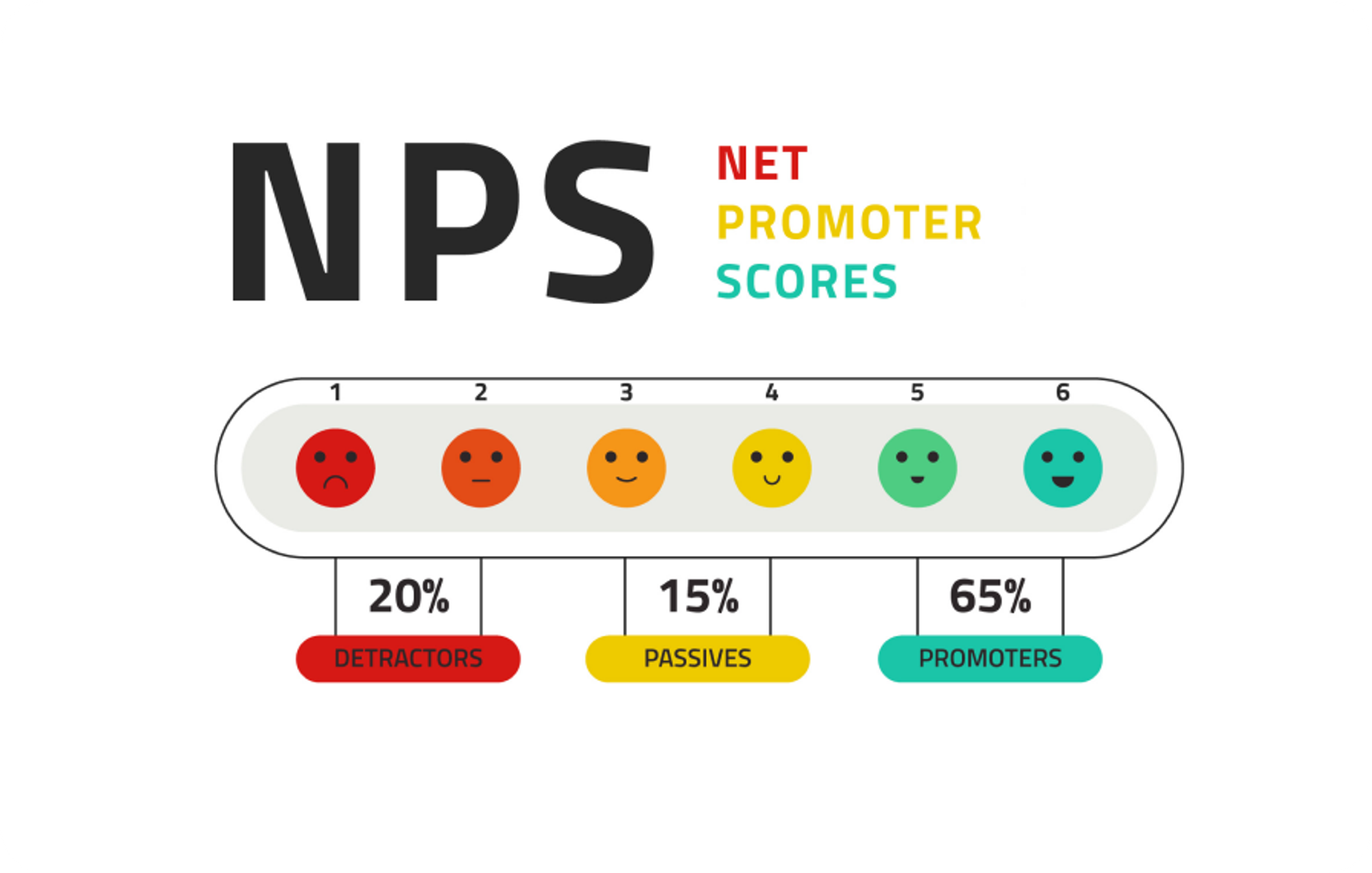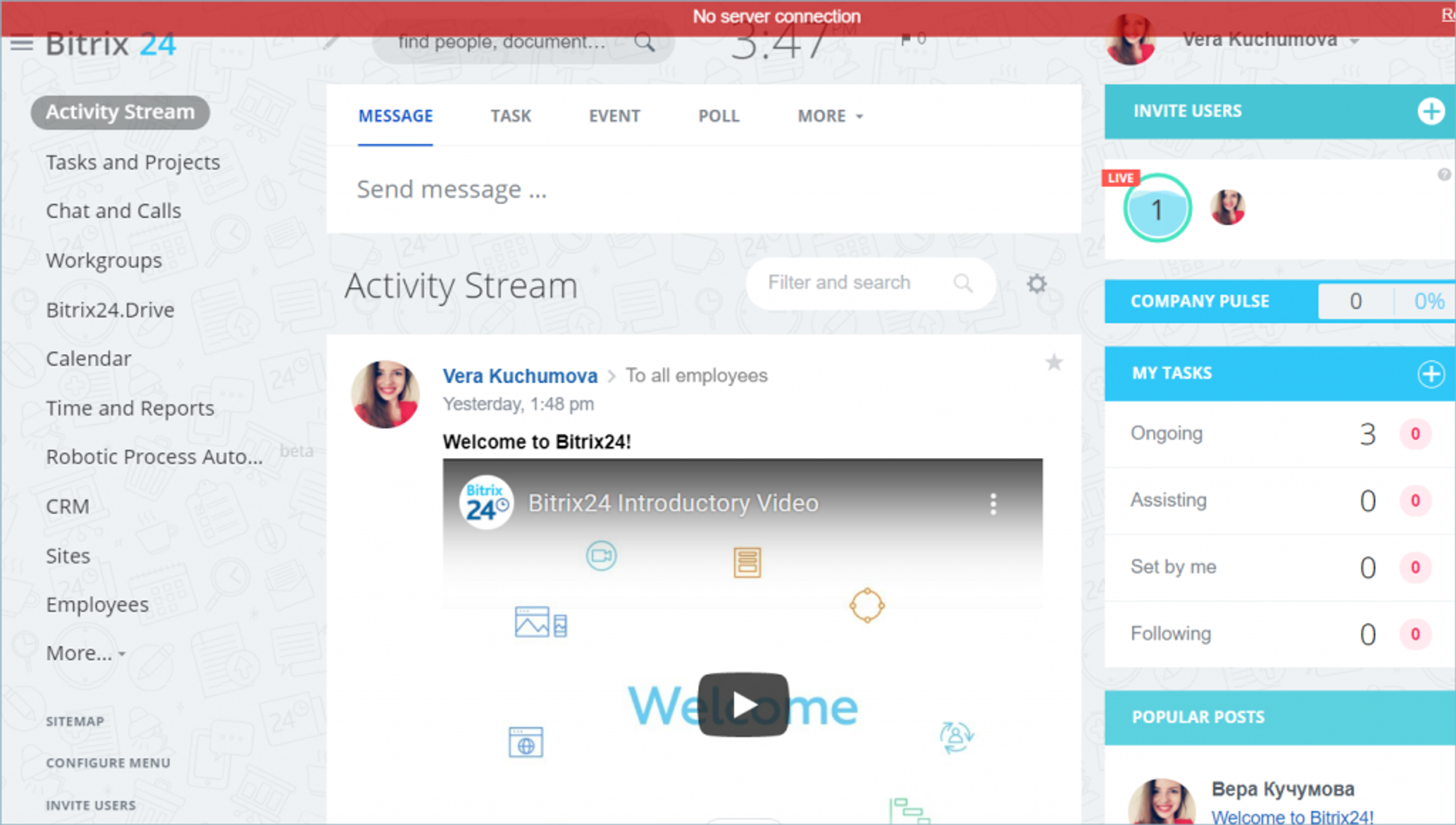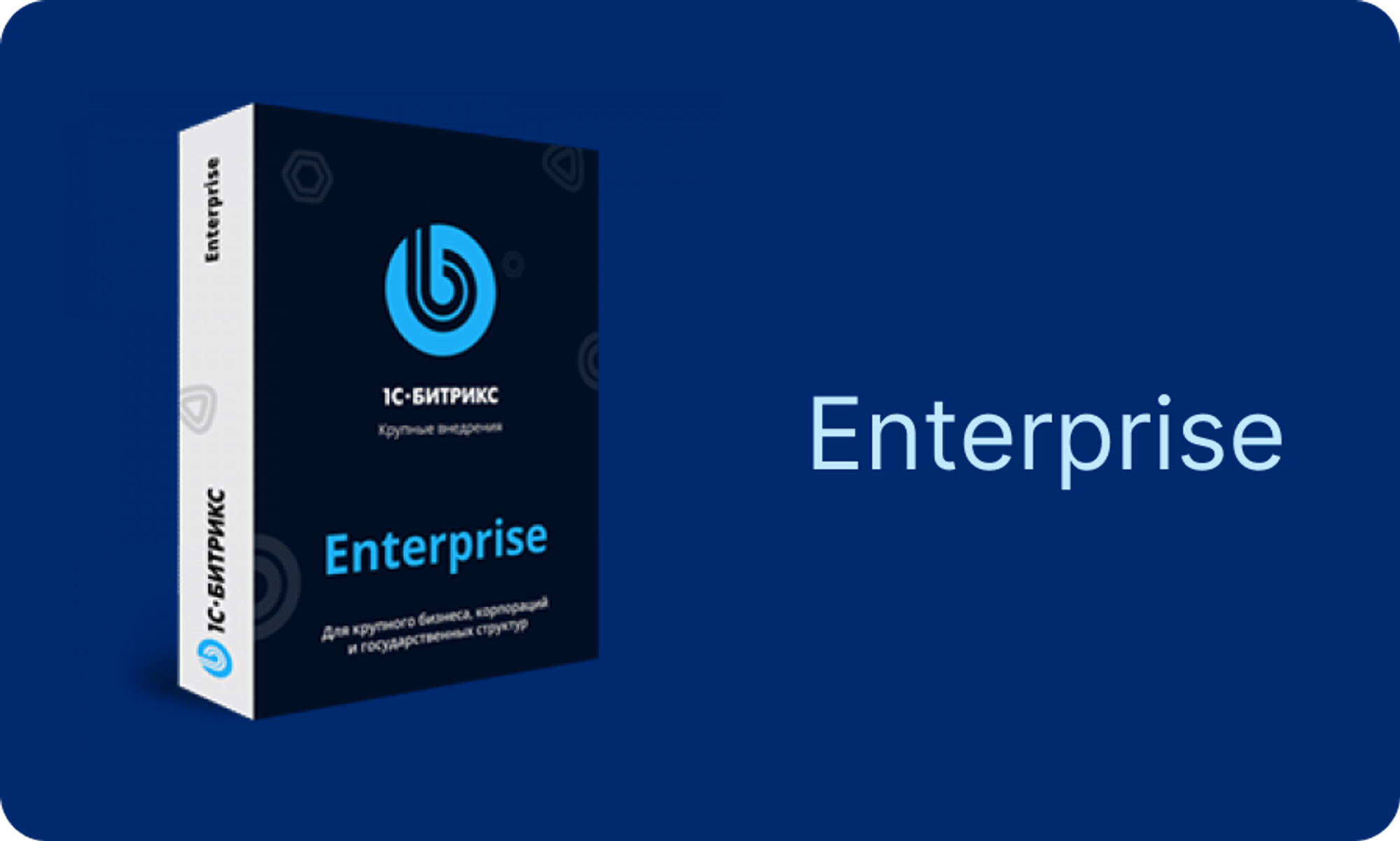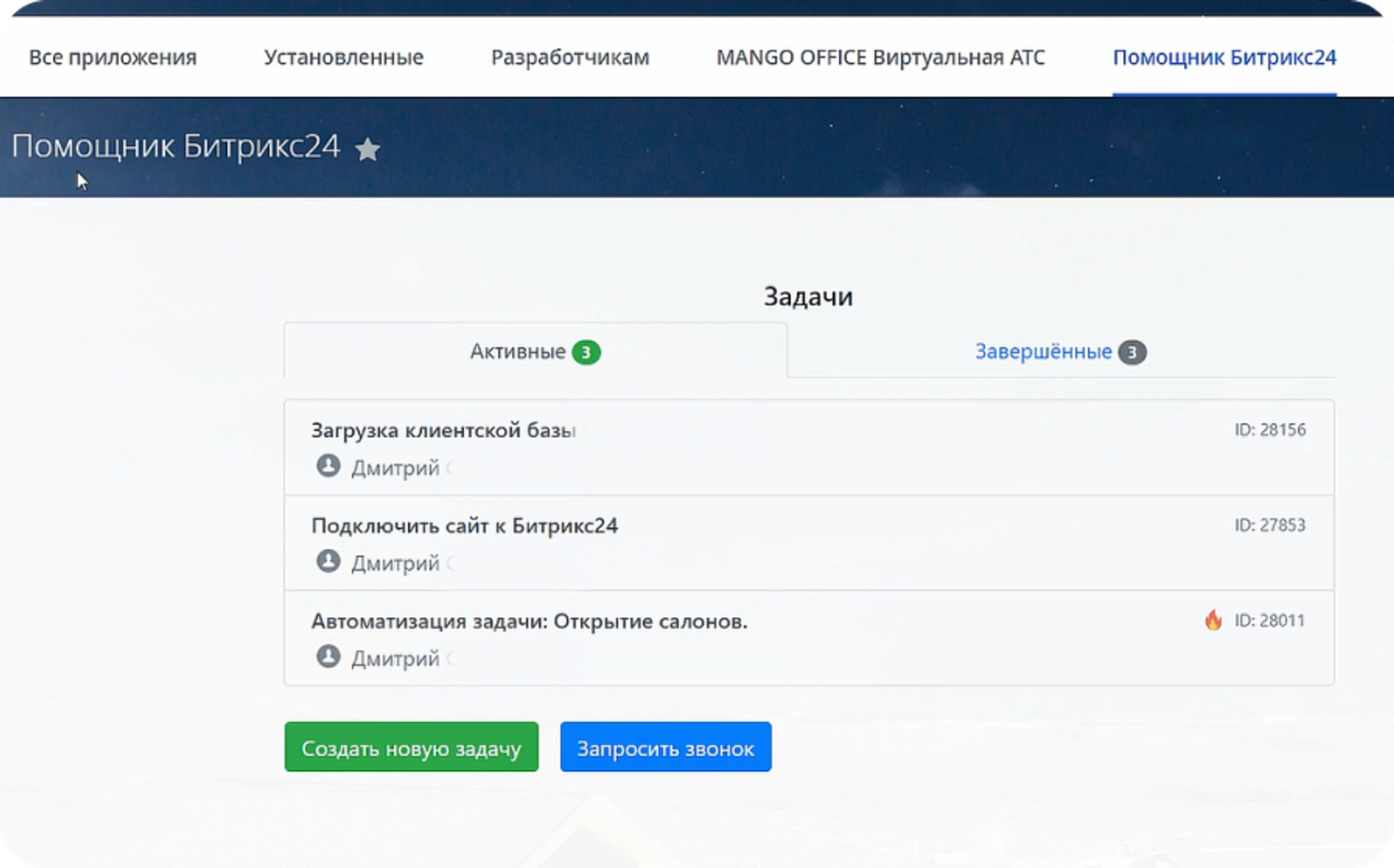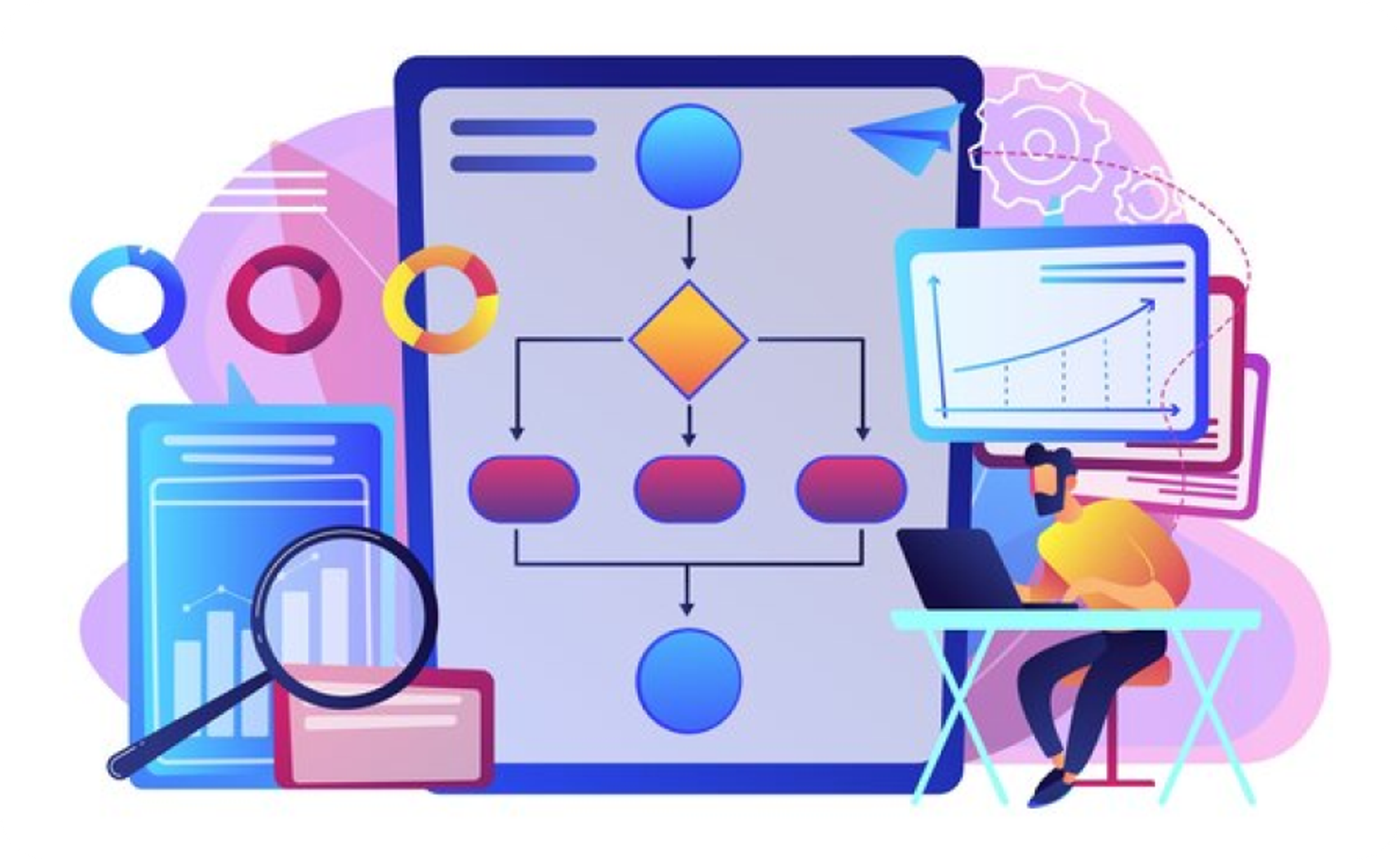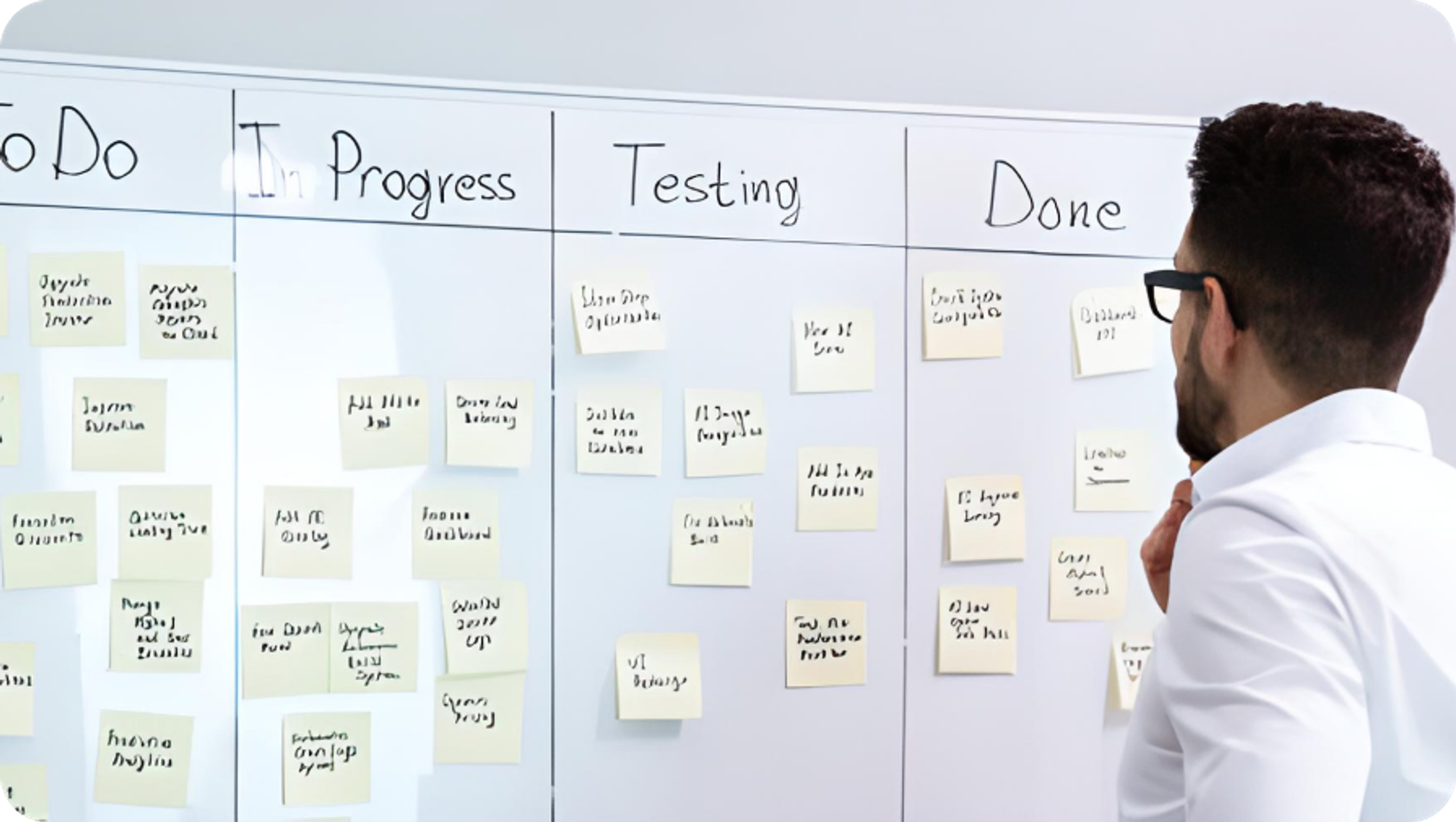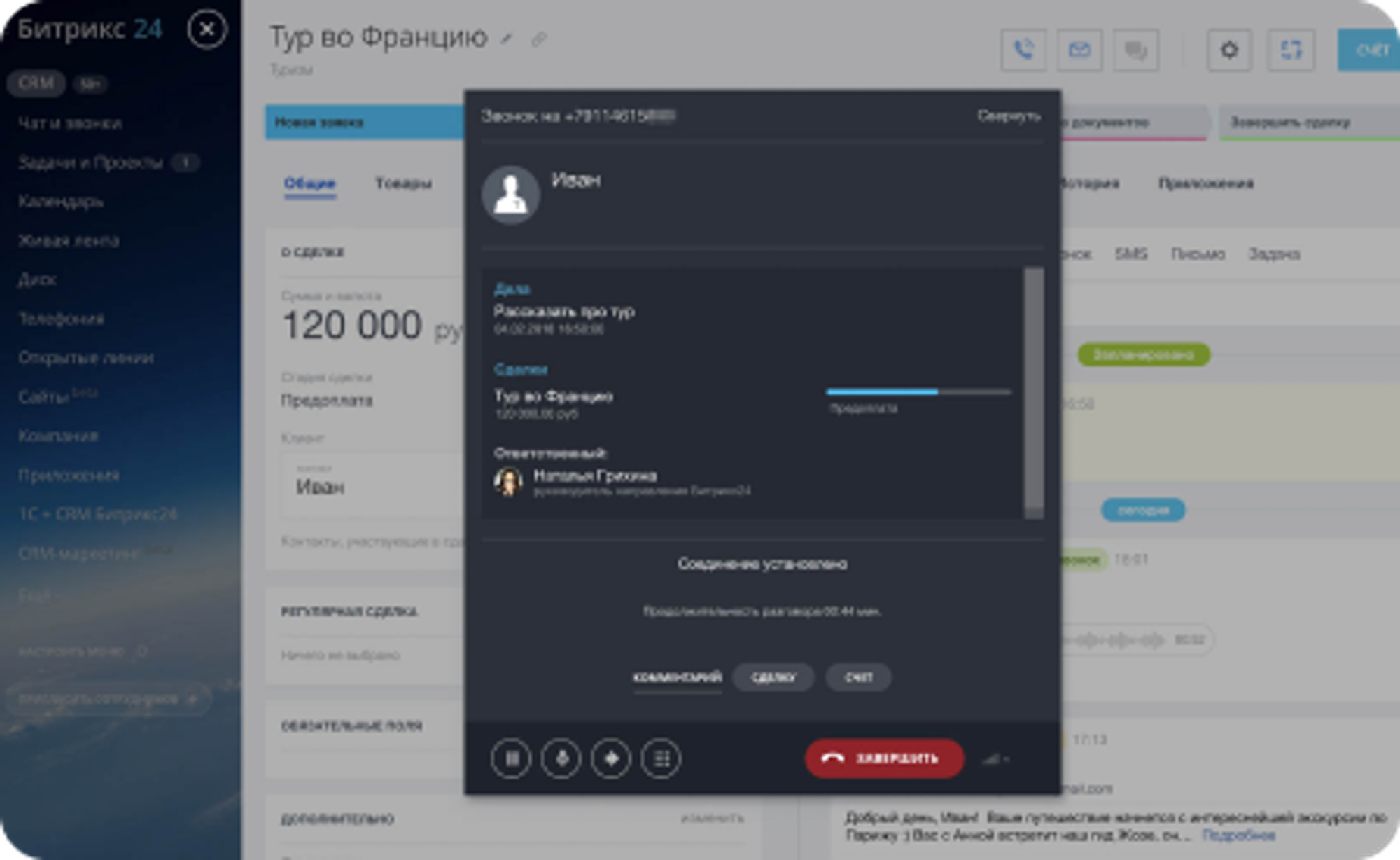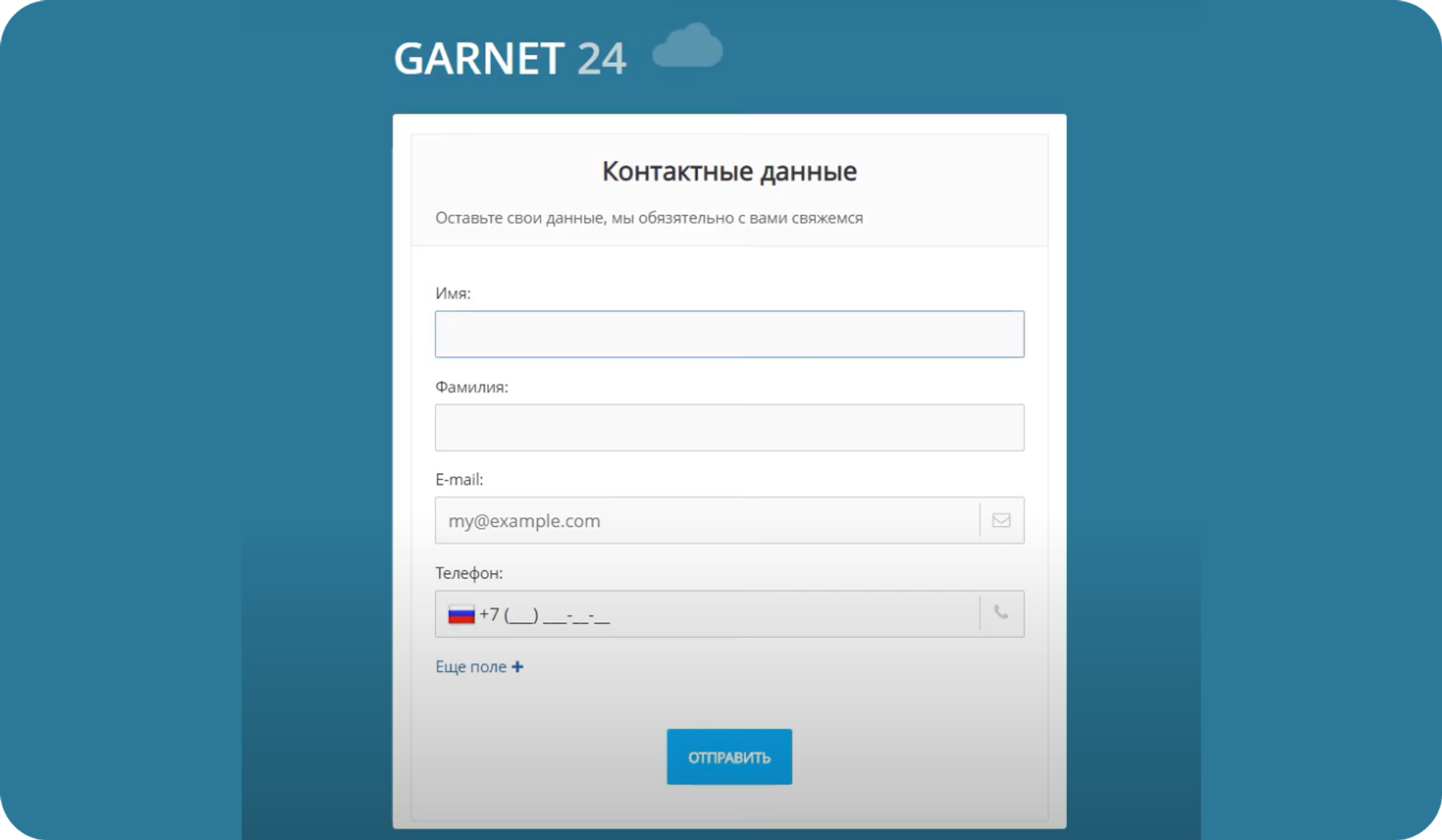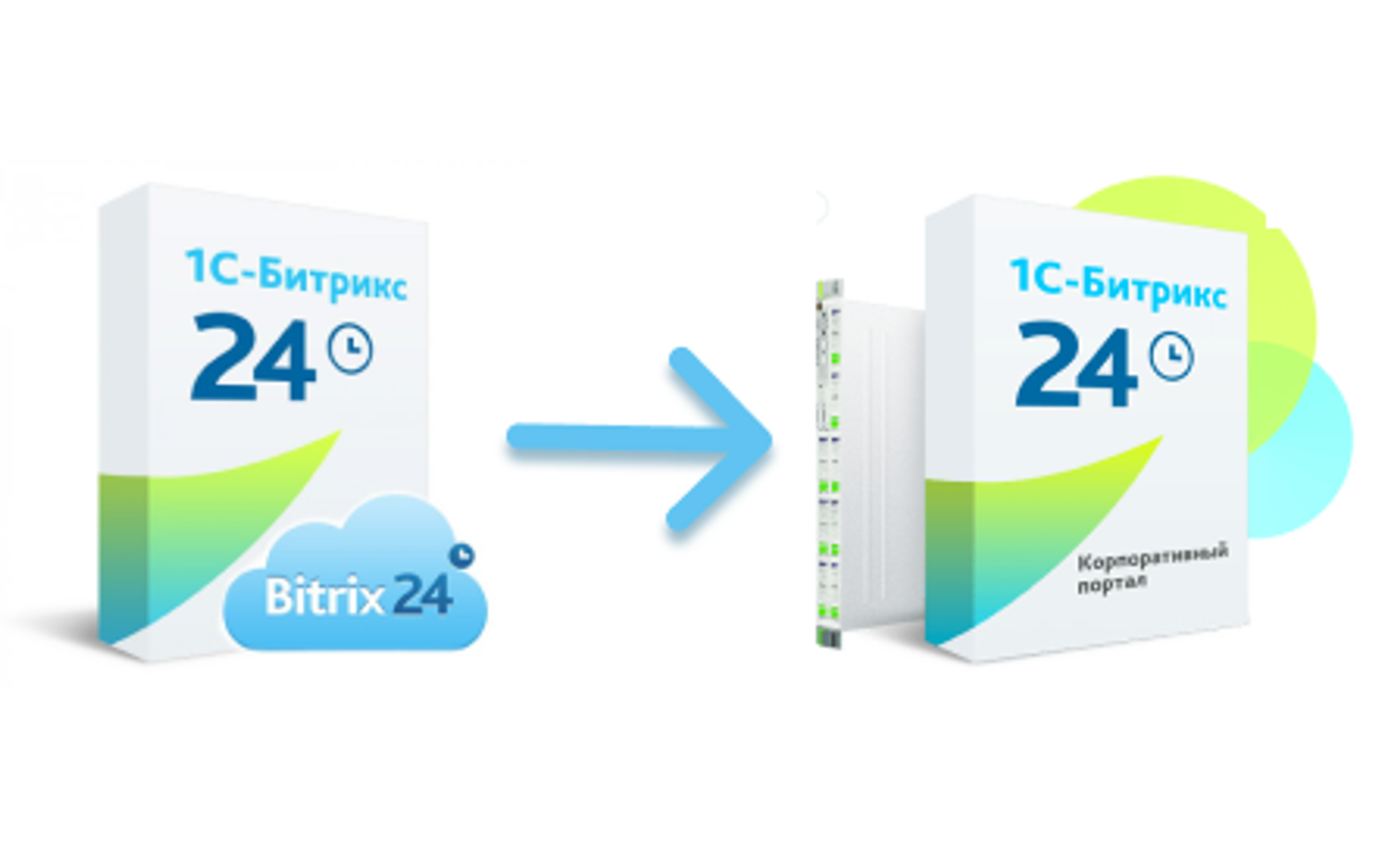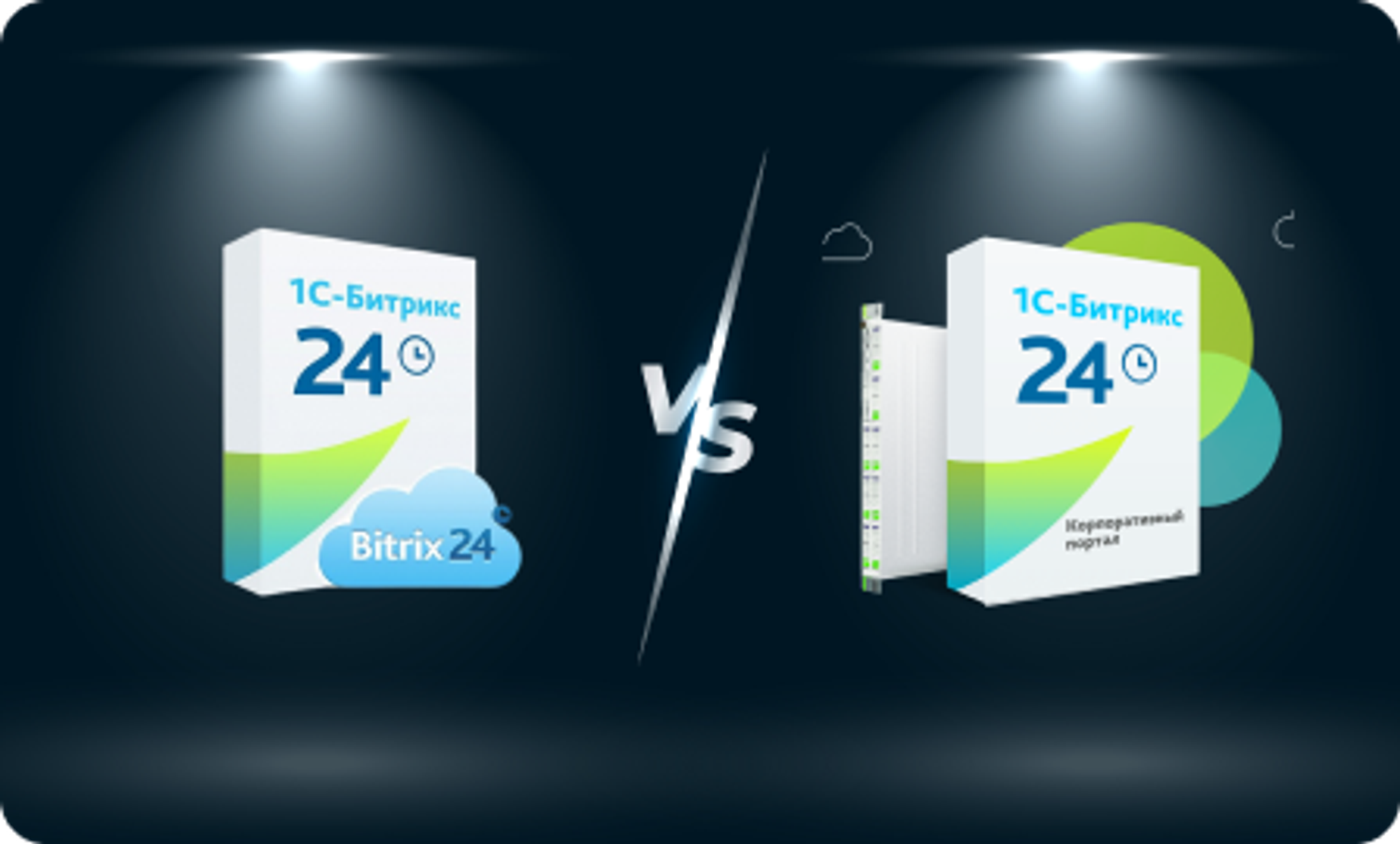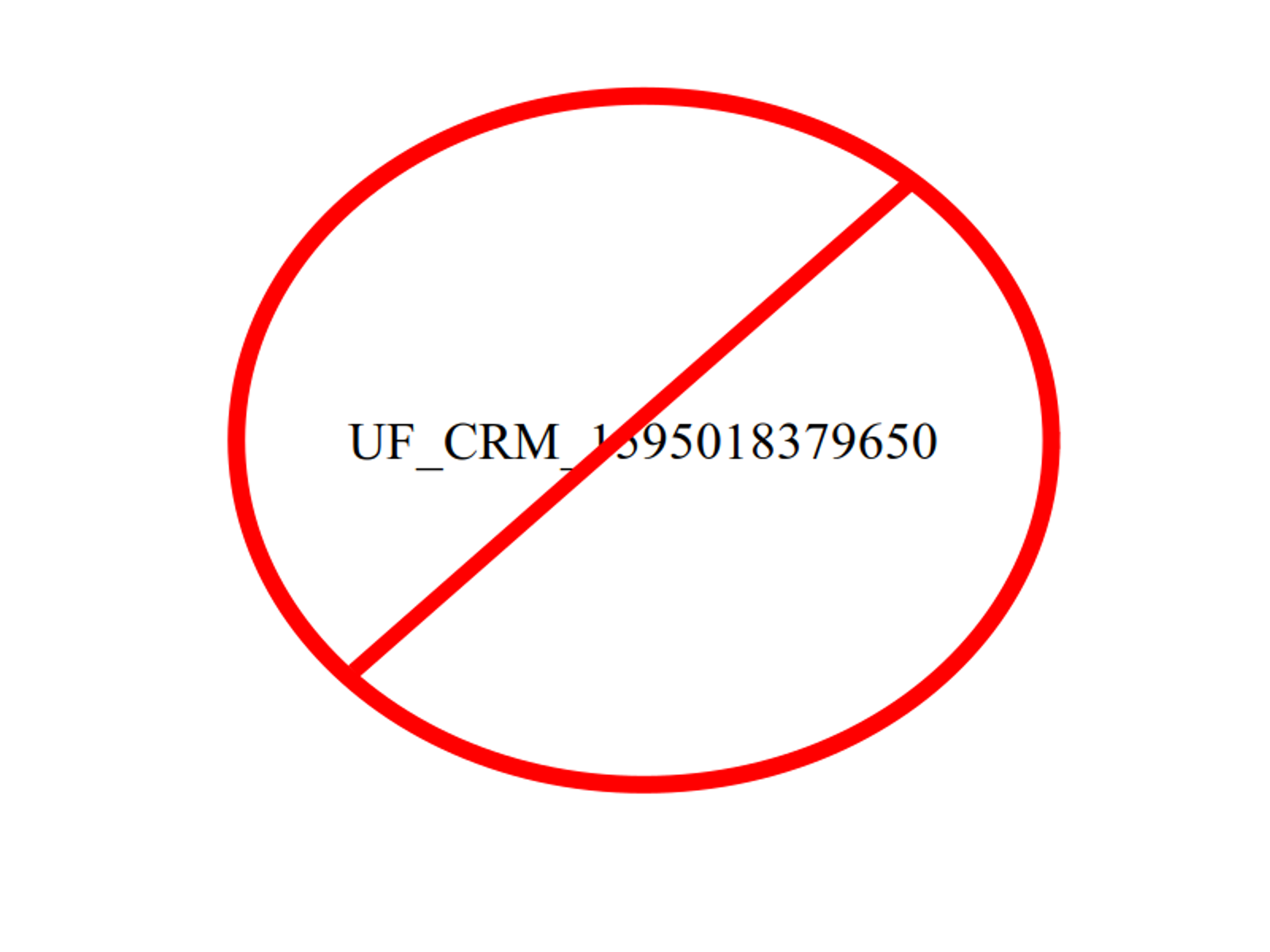
Автор статьи
Глеб Антоненко
Let's consider a medium-sized project costing from 500 thousand rubles, which assumes complex integration with 1C products, individual developments and improvements to the needs of a particular company. This task cannot be solved by one freelancer who combines all the necessary roles - analyst, project manager, adjuster.
Several people work on the implementation of medium and large projects, who perform different duties depending on their role.
Stage 0 - Desire to change the organization of work in the company
At this stage, top management chooses software for solving the tasks at hand. They are based on their own experience using applications, based on information from conferences. At this stage, it is possible to hold meetings with integrator companies, where they compare possible solutions and choose the best one from their point of view. After that, the contractor for the implementation of the software solution is selected, with whom the contract is concluded.

Errors in this step:
- The system may not be suitable for a particular company, but the manager wants to implement it based on good recommendations from others. Conscientious contractors in preliminary negotiations usually indicate that this system is not suitable for solving your tasks and it is better to choose an alternative option. Very experienced contractors can determine whether or not a system is suitable during the telephone conversations. So you can save time by skipping useless meetings.
- Formation of technical specifications at the zero stage, that is, collecting wishes from each of the departments, generating a document with a task and sending it to integrator companies. The danger is that the terms of reference describe solutions without diagnosing problems. That is, the task may not describe the actions that you need due to the erroneous vision of line managers and insufficient knowledge in this area.
- The use of TK to conclude an agreement on the implementation of the software platform. A self-composed terms of reference will not fully cover all the existing problems; it will have to be partially redone already in the integration process.
Stage 1 - Pre-project survey
This stage of CRM implementation has the following goals:
- Identification of pains and problems of the company;
- Preparation of solution architecture;
- Determining the scope of the project in terms of scope, budget and deadline.

Work at this stage is organized step by step in the following sequence:
- Creation of a working group. This can be a chat in a messenger, where key company employees who are responsible for the implementation of CRM are added, as well as employees of the implementation worker who participate in the project. Creating a chat and assigning roles in it allows you to communicate more effectively with each other in the future.
- Interview with an analyst. An employee who solves the tasks of an analyst on the part of the contractor conducts interviews with the head of the company, heads of departments, and experienced employees. The purpose of this step is to identify pain and problems in various areas of work. It determines which programs are used for various operations, which areas have problems, and so on.
- Preparation of solution architecture. Based on the information received during the interview, the analyst prepares the architecture of the solution.
- Estimation of the scope of the project. Based on the created solution architecture, the contractor prepares an estimate, the scope of work is agreed, and they are divided into stages. Separately, the amount and terms for the implementation of the first stage of the project implementation are negotiated. A contract for implementation is also being negotiated.
Errors that may occur at this stage:
- Insufficient number of interviews, which does not allow taking into account the wishes and problems of individual departments of the company or employees.
- Writing technical requirements instead of solution architecture. At Stage 1, it is not necessary to specify the work, as is done in the terms of reference. Because of this, some important things may be missed - lack of access to the Internet, the inability to use the mobile version of the application, etc.
- An accurate estimate of the cost and timing for each of the stages of implementation. It will not work out, you need to evaluate only the next stage, which is to be done in the near future. The evaluation of the next stages is carried out after the implementation of the current one.
This is due to the fact that in most cases, in the process of implementing one stage, the requirements for the next one change. Therefore, planning for the distant future will only be a waste of time.
Stage 2 - Preparation of TOR and implementation
The purpose of this stage is to have a customized Bitrix24 system, which is approved by managers and key users.
This stage consists of the following steps:
- The scope of work from the assessment obtained at the previous stage is divided into specific tasks. Some of the tasks are standard for each of the projects being implemented (platform installation, user registration, distribution of access rights,). The other part will be unique. It includes setting up individual business processes for each enterprise, installing improvements, etc. Each such task should have hashtags so that subtasks can be classified by them. In total, the project contains 25 or more large tasks.
- A technical task is drawn up for each of the major tasks formed at the previous step. This is done by the analyst, after which the TK is transferred to production. Assignments should be as detailed as possible. If necessary, additional meetings with the customer may be held in order to clarify various details about the work of the company.

- A mocap is made for the first development version. Mockup is a layout of future development. This is done in order for the developer to make an MVP based on the mockup to familiarize the customer with the result. It is advisable to receive feedback from customers on a weekly basis for more efficient planning and evaluation of work.
- Weekly meetings are held between contractors and customers to receive information on the project and make adjustments.
- Testing of developments and business processes is carried out. This makes it possible to identify bugs and fix them.
- Administrator instructions are compiled for each major task with a hashtag. It includes information that is important for the further maintenance of the portal.
At this stage, the following errors are possible:
- Preparation of a large technical task without division into stages. Most often, such TK will have to be redone, which requires additional resources.
- No mockup for development. Because of this, extra developer resources are wasted, since most often you have to redo the work after the customer has become familiar with the result.
- Lack of documentation on tasks with a hashtag. Subsequently, there will be difficulties for the customer when maintaining his portal and for the developer, if he further accompanies the implemented CRM. Without documentation, it will be more difficult to implement further changes.
- Running development on the production portal without testing on the test portal and merging on the GIT version control platform. Subsequently, there will be problems with updating the portal and monitoring developments.
Stage 3 - Commissioning
This stage consists of the following steps:
- Loading initial data. This is done differently depending on which applications have been used in the company before. Data is loaded via API, import from Excel, integration with 1C, etc. The purpose of this step is to provide managers and other employees of the company with the initial data to start working in Bitrix24.
- Training of a pilot group of users. The most loyal users are selected from among the employees and trained, after which the Bitrix24 portal is launched in a test mode of operation. This will make it possible to identify errors and eliminate them before launching into main operation.
- End user training. At this stage, all employees of the company are trained. For this, specially prepared training materials can be used. Then the platform is launched into main operation with technical support. To do this, a separate channel is created for contacting technical support staff. It can be a chatbot on the portal. It is also necessary to inform employees about where to write in case of problems.
- Analyze the benefits and improvements in business processes obtained after the implementation of CRM. After that, you can schedule the next work.

At this stage, the following errors may occur:
- Loading initial data without validation. For example, you have a large database with incorrect data. If they are not verified, the information will be loaded incorrectly during loading, which will lead to errors during operation. These works are usually carried out by the customer, as he is familiar with the information in his database and can analyze it.
- Launch of all users without testing on the pilot group. This will create too many help desk calls. There will be an impression that the implementation is going on without the control of the integrator.
- The lack of a technical support line and the lack of a register of calls. In this case, the impression will also arise that the implementation is not controlled by the contractor.
You can entrust the implementation of Bitrix24 to us. We have extensive experience working with companies from various business areas. We will always find the best solution for any business problem.
Have questions or need to find a solution to Your problem?
Leave a request by filling out the feedback form. Our expert will contact you as soon as possible













